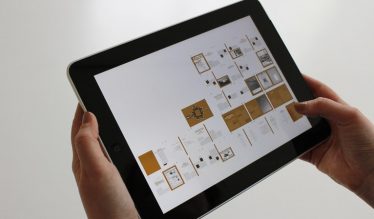Digital Asset Management (DAM): what are it and the practical aspects of DAM
Corps
From photos to videos, layouts to 3D files stored on laptops, external hard drives, or the cloud, companies with large marketing content libraries often struggle to control everything. Having multiple versions of assets in different locations can lead to duplication of work and serious time-wasting for marketing teams, project managers, and other contributors. This is where digital asset management comes to the rescue. This Guide to Digital Asset Management helps understand how DAM brings harmony to all digital discords and puts an end to an insidious waste of time.
What is a Digital Asset?
Digital assets include photos, graphics, layouts, graphics, video, 3D, source files, and more. All file types that your digital content is available in – these are all digital asset that you need to organize in a foolproof way.

So what is Digital Asset Management?
Digital Asset Management (DAM) is software that stores all of your digital assets in one place. It also lets you categorize and search them by multiple attributes to find the right one quickly. Also, you can associate metadata and digital rights management (DRM) information, edit, download, or delete files in groups and share secure download links with external users. To know what the different digital asset management tools are, explore hugo TIPS online.
The shift from on-premises or internal storage to cloud storage began as the new millennium dawned. This was when the development of today's web-based DAM applications began. The next stage in the evolution was the adaptation of the DAM software to new devices and sources, which enabled digital content to be offered in new channels such as social media and e-commerce stores.
The practical aspects: characteristics of a digital asset management platform
Search and browse content#0e101a;">.
The main purpose of the DAM platform is to make marketing content quick and easy to find, read and share with others. The more digital files you have to manage, the more important ease of use becomes.
Download and upload
The digital asset management platform allows users to upload content with various extensions. Other users can download and use this content across campaigns, channels, and devices.

Add complex metadata
Metadata provides additional information about the content. Some examples of common metadata include information such as geographic location, language, and more. The metadata that reflects how, where, and in what context each resource can be used is often quite elaborate, so it's important to have a DAM system that can comfortably handle all of this complexity.
Desktops and mobile devices
With the rise of smartphones, most digital asset management platforms have made the transition from a desktop experience to a more natural mobile experience. A good DAM platform should give you the ability to manage content across multiple devices.
It's a centralized, streamlined, and easily controlled way to increase efficiency and manage the mountains of content most marketing teams face today. Digital Asset Management (DAM) solutions allow you to have a complete picture of all your marketing content by storing, managing, and sharing it from one centralized location. To learn more about DAM benefits and tools, go online and look for the best Digital Asset Management Blogs.








commentaires